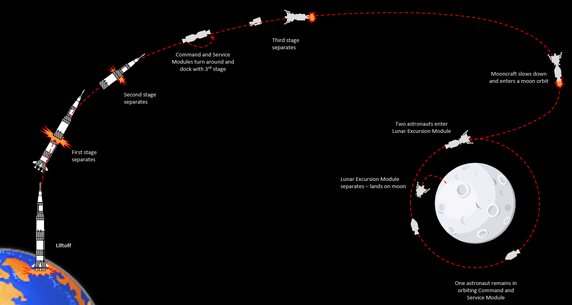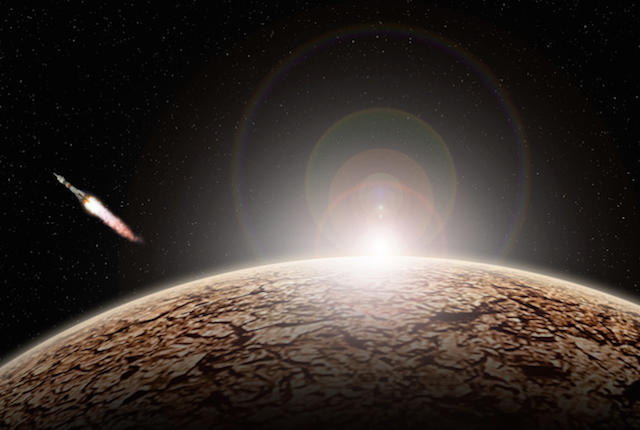A rocket requires so much fuel and propellant primarily because a lot of power is required to break the force of gravity and launch in orbit. Once it is in orbit, usually the propellers are shed off, and a relatively smaller amount of fuel is required to enable maneuvering in the vacuum.

In the infographic above, a mission to the Moon is illustrated. Rockets have multiple stages for different phases of flight. At the start, a lot of thrusts is needed to get the payload from the surface of the Earth to the orbital altitude while accelerating it to orbital speed. When half of the tank is burnt out, the bottom half of the rocket is jettisoned, meaning it is detached from the rocket to float in the oblivion for eternity. The remaining rocket, now considerably lighter, is easier to move in the next stage ignite.
The same procedure is repeated when the next stage runs out of fuel. Eventually, only the payload remains, which ideally should be traveling in the desired orbit. The payload might also carry some fuel for tasks such as retro-fire to come home or burning it up to transfer to another orbit.
In conclusion, rocket launch is a very complicated procedure require a lot of thrust to escape Earth’s gravitational pull. Then it requires even more thrust to reach escape velocity, which is the lowest velocity required to escape the gravitational attraction and reach its orbit. For all that, a rocket spends around 90% of its massive fuel reservoir, and the rest is used to maneuver in the space. You can find detailed rocket trust equations on this link.


